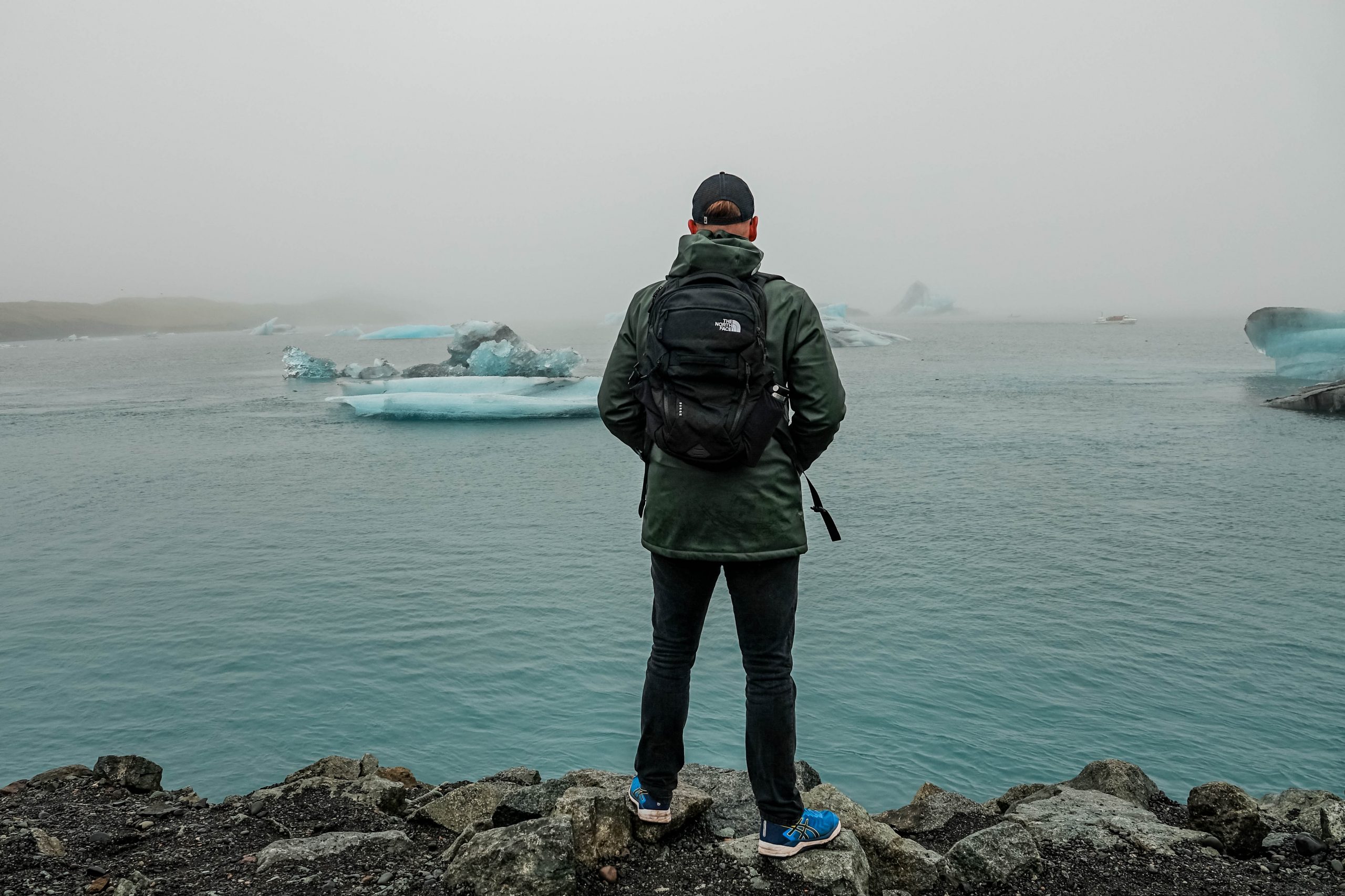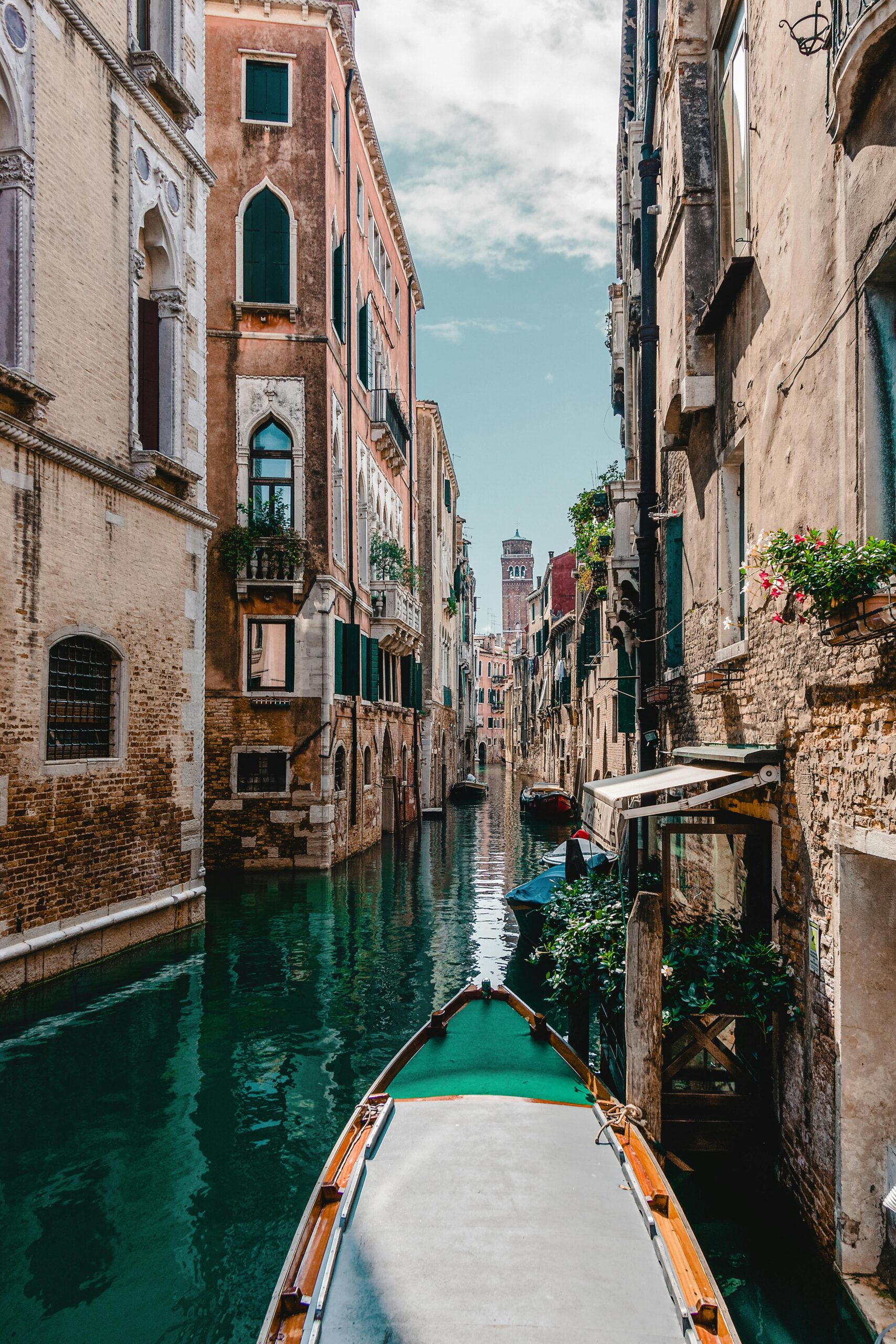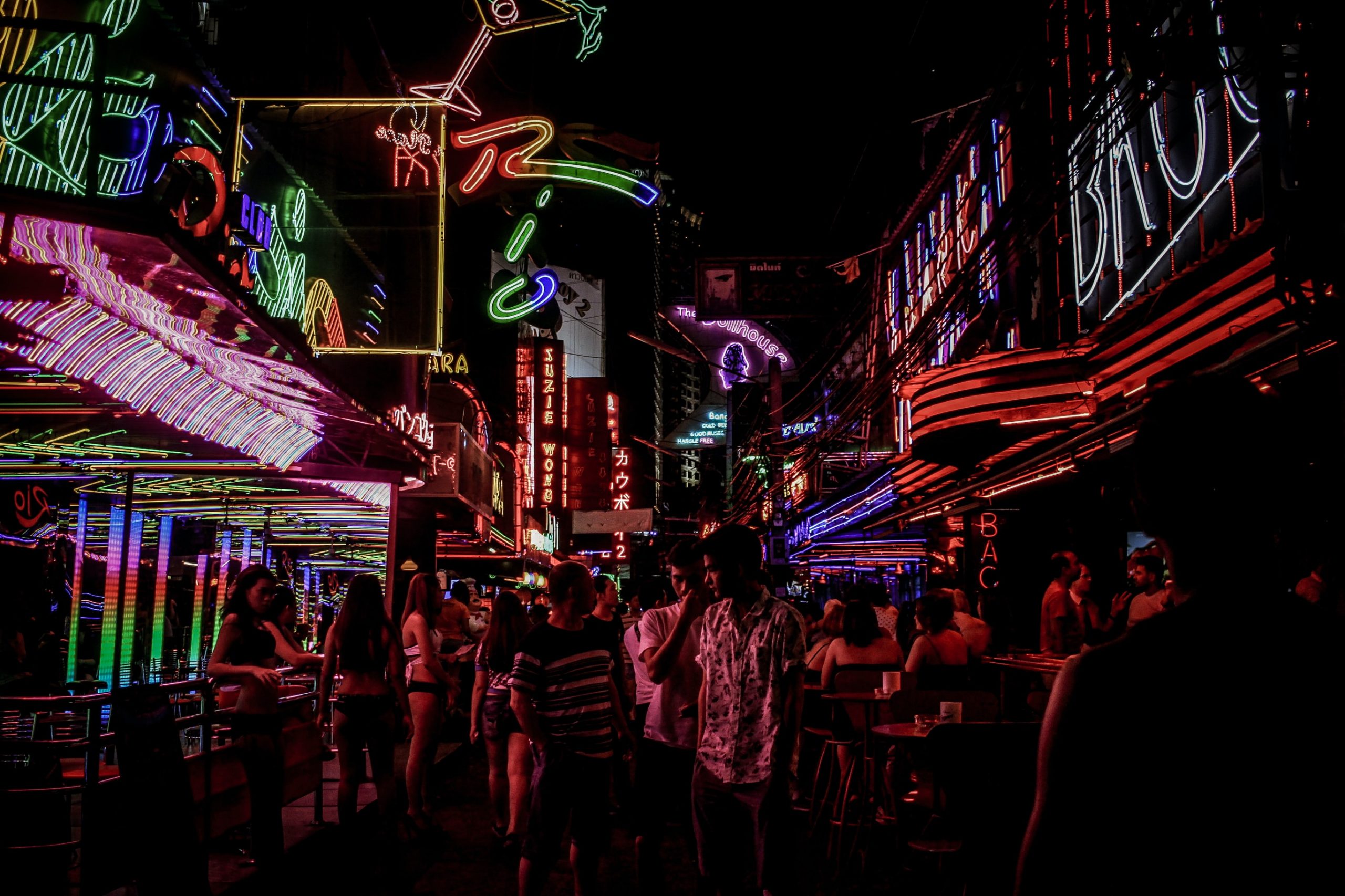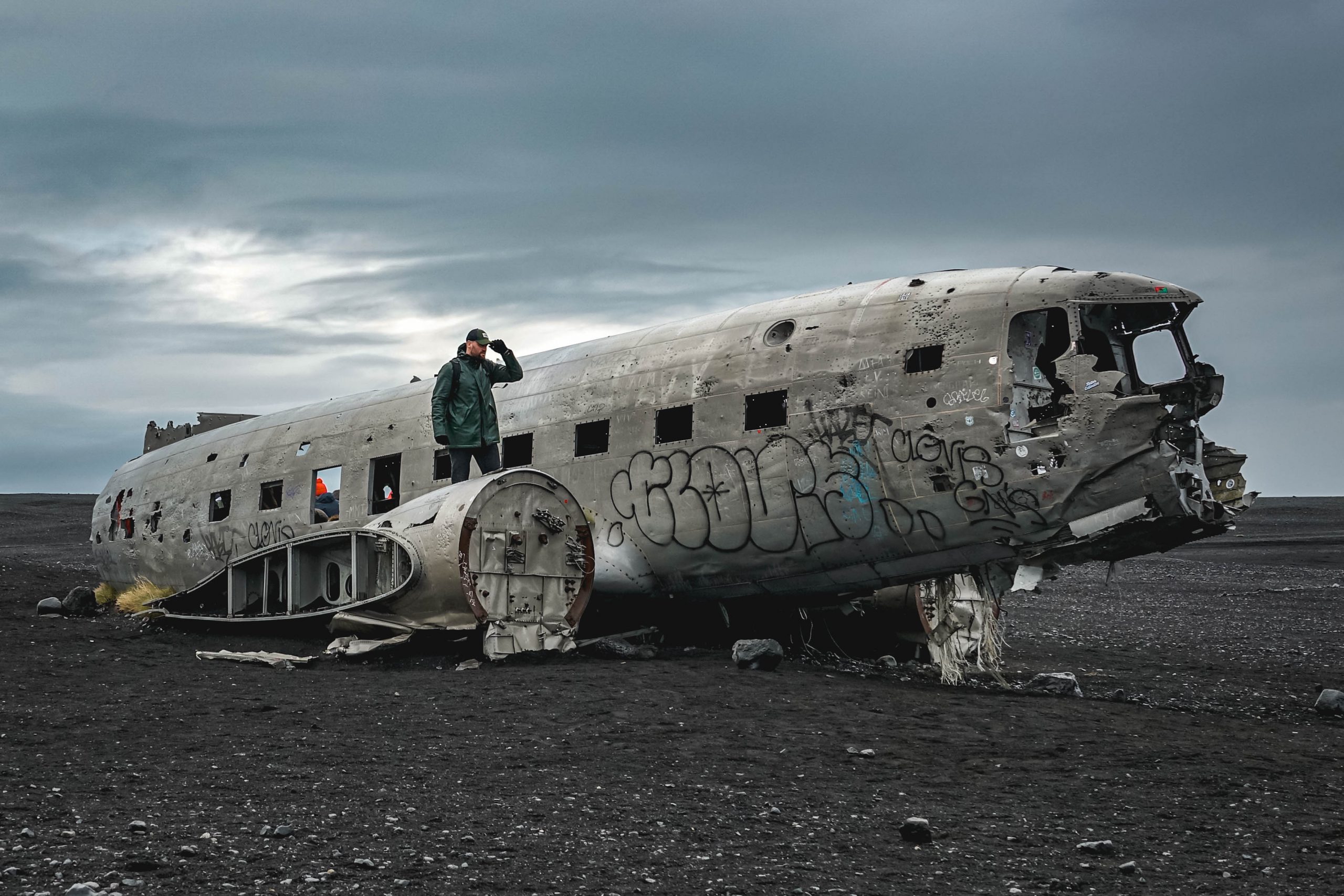A Land of Light and Shadow
There are few places on Earth where daylight transforms the landscape quite like Iceland. In winter, the country glows under just a few hours of sun, while in summer, the light never fully fades. Whether you dream of chasing the Northern Lights, exploring black sand beaches, or basking under the midnight sun, knowing how daylight shifts through the year can shape your entire trip.
This guide takes you through Iceland’s daylight hours by season, what to expect, how to plan your adventures, and what time of year suits your travel style best.

Winter in Iceland (December to February)
Average daylight: 4–7 hours per day
Winter in Iceland is an experience unlike any other. The days are short and dim, with the sun often rising late in the morning and dipping back below the horizon just after lunch. In December, daylight lasts around 4.5 hours, increasing to about 7 by February.
Sunrise often comes close to 11:00 am, and sunset hovers near 3:30 pm. While this may sound limiting, winter’s darkness brings its own kind of magic, this is Northern Lights season. With long nights and crisp, clear skies, your chances of spotting the aurora borealis are at their best.
During these months, plan your sightseeing around the short daylight window. Morning and early afternoon are ideal for outdoor adventures such as visiting waterfalls, ice caves, or the Golden Circle. By late afternoon, retreat to a cosy hotel or a geothermal spa like the Blue Lagoon, where you can relax as twilight deepens.
You will need a warm jacket for Iceland in Winter:
Spring in Iceland (March to May)
Average daylight: 10–20 hours per day
By March, Iceland begins to reawaken. The sun climbs higher each day, stretching daylight from about 10 hours early in the month to nearly 20 hours by late May. Snow still dusts the mountain peaks, but roads open, waterfalls thaw, and the entire landscape bursts into motion.
In April, sunrise comes around 6:00 am, with sunset near 8:00 pm, giving you full, generous days for exploring. It’s an ideal time to see Iceland’s natural wonders without the peak summer crowds. You can catch puffins returning to the cliffs, drive the Ring Road in daylight, and photograph glacial lagoons glowing in the soft spring light.
Temperatures remain cool, but the changing season makes it easier to balance daylight adventures with comfortable evenings indoors. This is a fantastic time for photographers, long golden hours and dramatic skies make for incredible shots.

Summer in Iceland (June to August)
Average daylight: 20–21 hours per day
Summer is when Iceland becomes a land of near-endless light. From early June through mid-July, the sun barely dips below the horizon, this is the season of the midnight sun. Even at midnight, the sky glows in shades of rose and gold, creating an otherworldly atmosphere that has to be seen to be believed.
Daylight lasts up to 21 hours, with sunrises around 3:00 am and “sunsets” close to 11:55 pm. You’ll never feel rushed, you can explore waterfalls at midnight, hike volcanic craters after dinner, or soak in a hot spring under a dusky pink sky.
Because of the long days, this is Iceland’s busiest season for travellers. Book your accommodation, rental car, and excursions well in advance. Popular highlights like the South Coast, Golden Circle, and Snaefellsnes Peninsula are at their best under the endless summer light.
Autumn in Iceland (September to November)
Average daylight: 8–14 hours per day
Autumn brings balance back to Iceland. After the long summer glow, daylight gently fades to more familiar lengths. In September, you can expect around 14 hours of daylight; by November, it drops to about 5–8 hours per day.
The season starts with warm hues and lingering light, sunrise around 6:40 am and sunset near 8:00 pm. As the weeks go on, days shorten and the Northern Lights make their return. September and October are especially beautiful months to visit, combining long enough days for sightseeing with dark enough nights for aurora viewing.
It’s also harvest time in Iceland, meaning seasonal food festivals, crisp air, and golden landscapes. The weather is unpredictable, but the crowds thin, and prices often drop compared to summer. For many travellers, this is the perfect middle ground.
When to Visit Iceland: A Quick Guide
| Season | Daylight Hours | Best For | Travel Tips |
|---|---|---|---|
| Winter (Dec–Feb) | 4–7 hours | Northern Lights, ice caves, geothermal spas | Pack layers, book guided tours |
| Spring (Mar–May) | 10–20 hours | Road trips, puffins, photography | Expect cool temps and fewer crowds |
| Summer (Jun–Aug) | 20–21 hours | Midnight sun, outdoor adventures | Book early, use sleep masks |
| Autumn (Sep–Nov) | 8–14 hours | Northern Lights, quieter travel | Check weather before driving |
Planning Your Trip Around the Light
The time of year you choose will shape everything about your Iceland experience, from how long you can stay out exploring to what kind of adventures await. If your dream is to photograph waterfalls under the midnight sun, go in June or July. If you want to soak in hot springs under the glow of the aurora, book a winter escape.
Always plan your daily activities with daylight in mind. Even in summer, some attractions close earlier than you might expect. And in winter, having a flexible schedule helps you make the most of short daylight windows while keeping safety in mind on icy roads.
What to Pack for Iceland’s Changing Light
Because daylight changes so dramatically throughout the year, your packing list should too. In summer, you’ll need an eye mask for sleeping and layers that breathe well. In winter, think insulated boots, thermal base layers, and windproof jackets. Spring and autumn call for waterproof gear and sturdy footwear, weather can shift quickly within the same day.
You can shop my Iceland packing list here
The Beauty of Every Season
The truth is, there’s no wrong time to visit Iceland, only different kinds of beauty. In winter, the world feels hushed and luminous. Spring brings colour and life. Summer glows with endless energy, and autumn wraps it all in gold.
If you plan around daylight, you’ll experience Iceland at its most captivating, no matter the month. Whether you’re chasing the Northern Lights, capturing pastel skies at midnight, or simply soaking in the quiet glow of morning light, Iceland’s rhythm of day and night is something you’ll never forget.
Plan Your Iceland Adventure
Ready to see Iceland’s ever-changing light for yourself?
- Looking to take a trip to Iceland? Book now with Expedia.
- Don’t forget your travel insurance, compare plans with SafetyWing.
More Travel Inspiration: Visiting Seljavallalaug, the oldest swimming pool in Iceland







